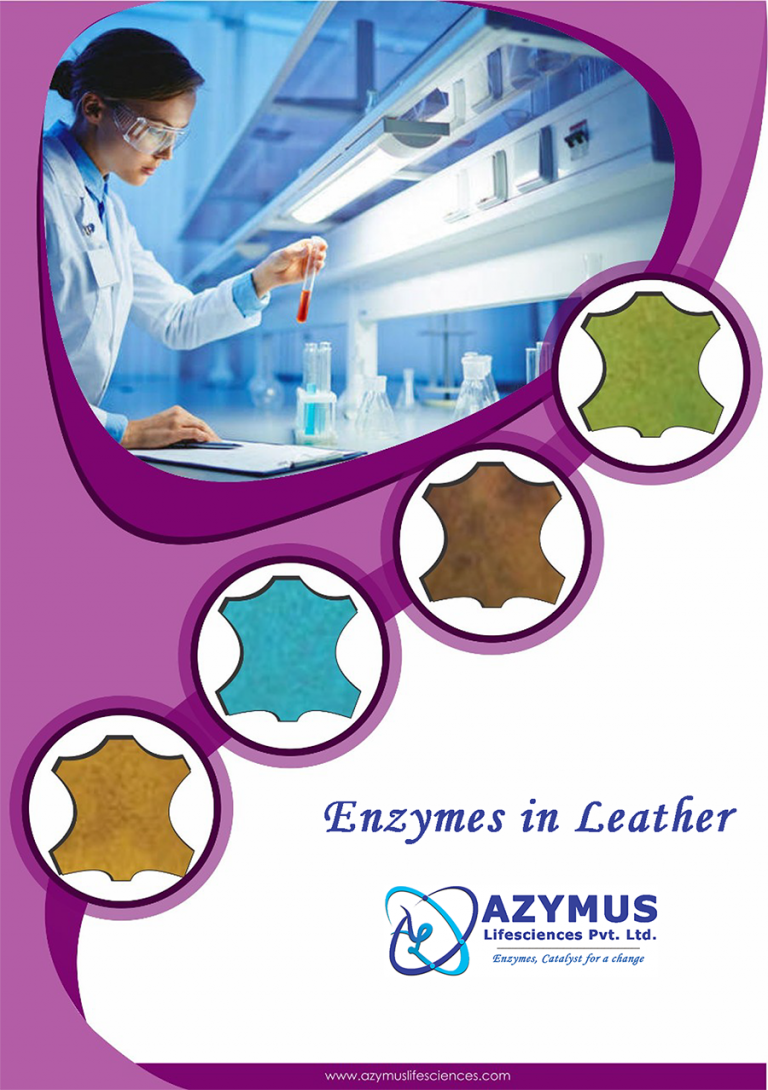Leather

ENZYMES FOR LEATHER PROCESSING
Enzymes have a vital role in leather processing and use of biocatalysts is now considered to be a state of art in processing of skins and hides. The skin and hides contain proteins and fat in between the collagen fibers. Before tanning, these biomolecules must be partially or completely removed. The protein content can be efficiently removed by proteases and the fat content by lipases, as well as tensides and solvents. Use of lipase to dissolve the fat content is a recent development and Ii pases are now extensively used for leather processing in many parts of the world. We deliver end to end enzymatic solutions for soaking, de-hairing, degreasing and bating.
SOAKING
UN-HARING
Azytease: An unique protease active at very high pH of 12-13.
DEGREASING
Lipase is an enzyme that specifically degrades fat and so cannot damage the leather. Removal of natural fats facilitates further processing such as tanning, re-tanning and dyeing. The main advantage of using lipase is that, it gives a more uniform color and a cleaner appearance. Use of lipase completely replaces the tensides or surfactants.
Enzymatic degreasing is a better way of carrying out degreasing than the use of solvents and detergents. Lipases are much safer and less toxic to workers and the environment. Furthermore, lipases allow for a more uniform colour, cleaner appearance, improve production of waterproof leather, and do not cause dryness in the leather.
AzypaseAL : Lipase for degreasing in neutral to alkaline pH.
AcipaseAc : Lipase for degreasing in acidic pH conditions.
BATING
Azybate: Acidic protease (pH 2.5 – 7) for bating.
